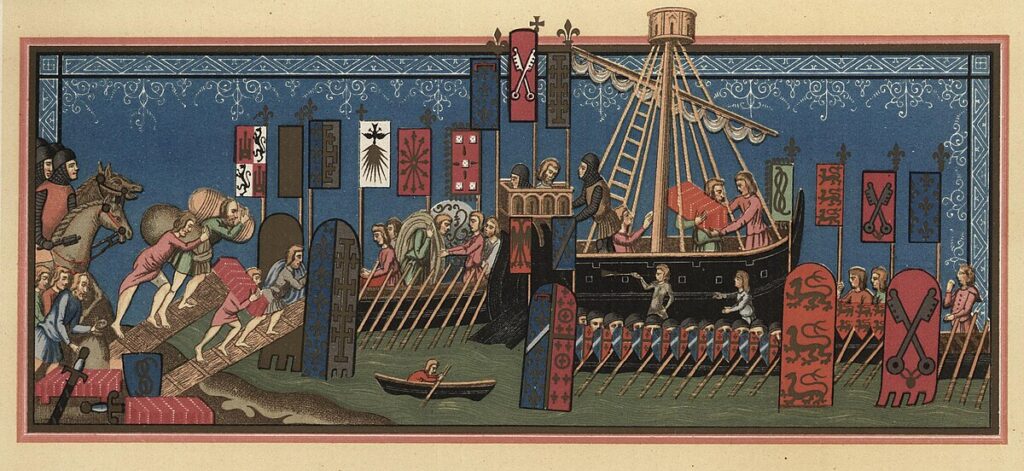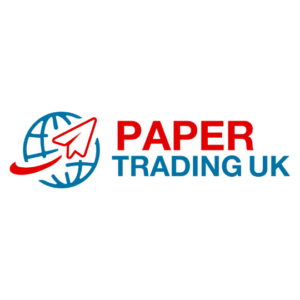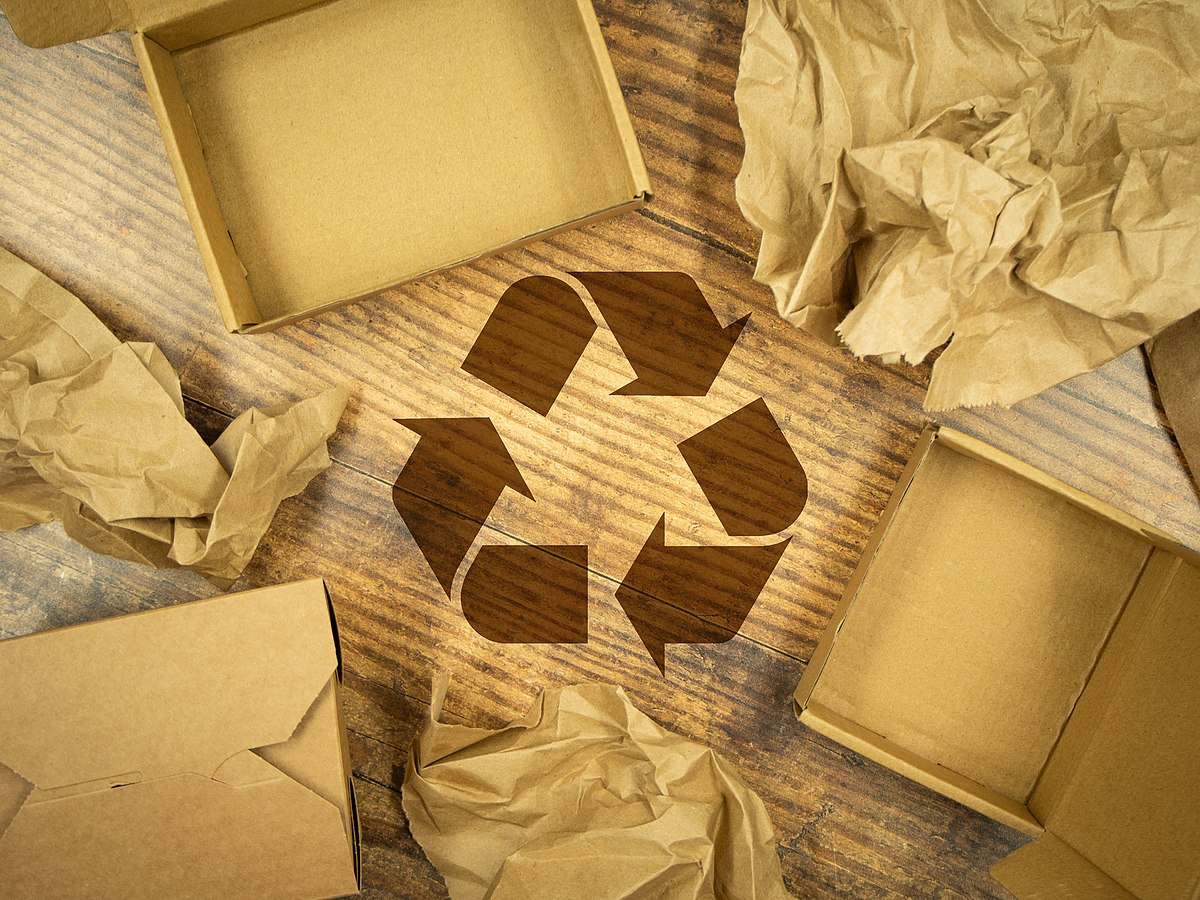Our modern economy is built on global trade and interconnectivity. Without our ability to quickly import and export goods, we’d struggle to survive.
When transporting goods, one material often plays a huge role in ensuring the product stays intact, and that’s paper. Although paper is often overlooked, the sustainable material plays a huge part in ensuring the packaging industry thrives.
In the UK, packaging is the most prevalent use of paper. Paper packaging has accounted for nearly 60% of all paper consumption in the country in recent years.
Packaging has been around almost as long as we have.
Early humans used the materials around them such as leaves, animal skins and gourds to transport goods.
It’s hard to pinpoint exactly when packaging was first used. However, “We do know Ancient Georgians were using beeswax coated, earthenware vessels as early as 6000 BC in order to store and transport wine,” according to Jo Hilton.
For packaging, the innovative Ancient Egyptians used glass pots and papyrus, a delicate material made from the pith of a papyrus plant.

Image taken by Leonora (Ellie) Enking.
As the Chinese were the first to create cellulose paper in 105 AD, some say they were also the first to create paper packaging. There are records of paper packaging during the Tang Dynasty (618 to 907 CE), where paper was wrapped around food and fragile items such as tea leaves and medicine.
As the use of paper packaging didn’t travel to Europe until much later, people made do with wooden packaging instead. The many crusades during the Middle Ages saw a demand for durable, heavier packaging that could withstand long voyages at sea. Wooden boxes provided a sturdy case for goods like food, alcohol and water.

Middle ages crusades, Image credit: Jacob, P. L
It wasn’t until the Renaissance when Europe first saw the introduction of cardboard, a durable, ridged paper typically made from wood pulp. Although cardboard was first invented in China in the 1400s, the material only started gaining popularity elsewhere in the 19th century.
Englishman Edward Healy and Edward Allen used pleated paper in 1856 to make tall hats more durable and comfortable. The material, made by a hand machine consisting of two fluted rolls, acted as an inside liner for hats.
The first use of corrugated paper for packaging purposes came about in 1871 in America. Historians say New Yorker Albert Jones was the first to use pleated paper to wrap fragile items such as bottles.
There are claims that the French were the first to create packaging similar to a cardboard box. According to Jimmy Hartill, there are “ several” cardboard boxes dating back to the 1840s “still on display” at a museum in Valréas. These paperboard boxes were used to transport silkworms.
The Scotsman Robert Gair later created the pre-cut cardboard box by accident in 1879. Robert was helping to print out an order of seed bags when by mistake, a metal ruler used to crease the bags shifted in position and cut into them. Robert then discovered he could make prefabricated boxes by cutting and creasing the material at the same time.
The cardboard box provided a much cheaper and lighter alternative to packaging in the 19th century. This gentler, lighter packaging quickly became popular for more delicate products.
From this accident, Robert’s quick thinking enabled him to create an invention that still dominates the packaging industry today. Since 1879 to 2025, the cardboard box has undergone few changes. This is because the cardboard box is simple and universal in its use.
The use of paper packaging in general however is constantly evolving. Paper packaging will continue to play a key role in the industry as society pushes for a more sustainable future.





